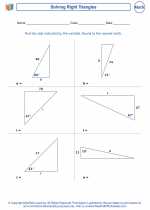The Pythagorean Theorem -> analysis
Analysis in Mathematics
Analysis is a branch of mathematics that deals with the study of functions, sequences, and limits. It involves the rigorous study of real numbers, complex numbers, and their properties. In analysis, we investigate the behavior of functions and sequences as they approach certain values or extend to infinity. This branch of mathematics is essential for understanding calculus, as it provides the theoretical foundation for the concepts of limits, continuity, and derivatives.
Key Concepts in Analysis
- Sequences and Series: Analysis involves the study of sequences (ordered lists of numbers) and series (the sum of the terms in a sequence). Understanding the convergence or divergence of sequences and series is crucial in analysis.
- Limits: The concept of a limit is fundamental in analysis. It describes the behavior of a function or sequence as the input approaches a certain value. Calculating limits is essential for understanding continuity and derivatives in calculus.
- Continuity: Analysis explores the concept of continuity, which describes the smoothness of a function. A continuous function has no abrupt changes in its graph and can be drawn without lifting the pen.
- Differentiability: In analysis, we study the concept of differentiability, which is closely related to the derivative of a function. Understanding differentiability is crucial for calculus and the study of rates of change.
- Integration: While integration is more thoroughly studied in calculus, analysis provides the theoretical foundation for the concept of the integral and its properties.
Study Guide for Analysis
If you're studying analysis, here are some key topics to focus on:
- Understand the properties of real numbers and their significance in analysis.
- Practice working with sequences and series, especially determining convergence or divergence.
- Master the concept of limits and be able to calculate limits of functions and sequences using various techniques.
- Explore the definition and properties of continuity and be able to identify continuous functions.
- Study the relationship between continuity and differentiability, and practice finding derivatives of functions.
- Learn about the fundamental theorems of calculus and their connection to analysis.
Remember to work on plenty of practice problems to solidify your understanding of these concepts and seek help from your teacher or tutor if you encounter any difficulties.
Good luck with your analysis studies!
.◂Math Worksheets and Study Guides Seventh Grade. The Pythagorean Theorem
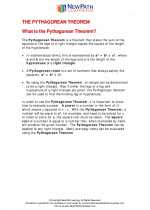
 Study Guide
Study Guide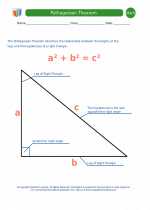
 Worksheet/Answer key
Worksheet/Answer key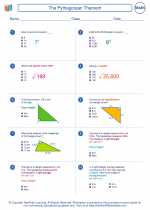
 Worksheet/Answer key
Worksheet/Answer key
 Worksheet/Answer key
Worksheet/Answer key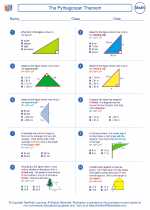
 Worksheet/Answer key
Worksheet/Answer key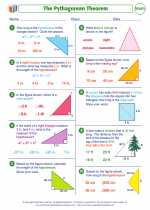
 Worksheet/Answer key
Worksheet/Answer key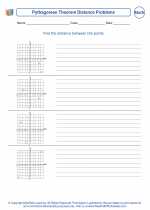
 Worksheet/Answer key
Worksheet/Answer key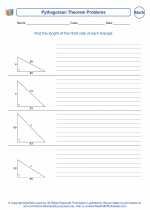
 Worksheet/Answer key
Worksheet/Answer key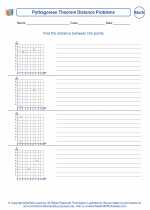
 Worksheet/Answer key
Worksheet/Answer key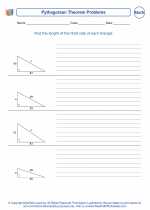
 Worksheet/Answer key
Worksheet/Answer key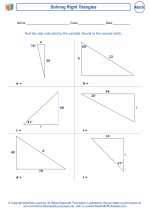
 Worksheet/Answer key
Worksheet/Answer key